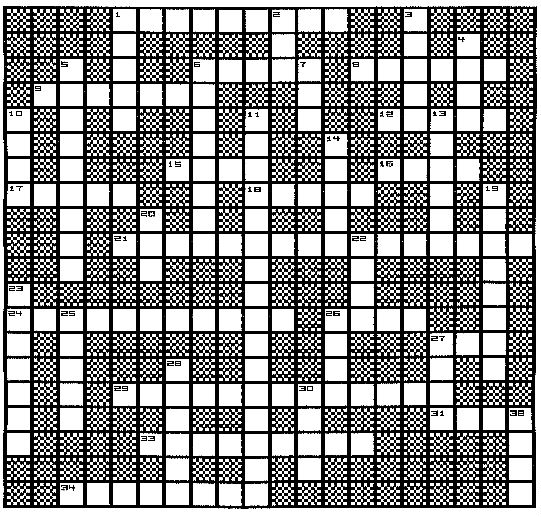- 1. Far below the surface of the sea, generally by
thousands of feet (2 words).
- 6. Small points of land projecting into a body of
water from the shore.
- 8. An element that often combines with metals to form
important ore minerals near hydrothermal vents.
- 9. A compound that contains the element represented
by the chemical symbol "S."
- 12. The planet Earth is unique in having an unusual
abundance of this compound in liquid form.
- 15. The celestial body whose gravity is responsible
for periodic tides seen in bodies of water.
- 16. An ocean carbonate rock formation made up of
billions of tiny skeletons of sea creatures.
- 17. Periodic rising and falling of water levels,
caused by the pull of gravity of celestial bodies.
- 18. An underwater mountain or volcanic cone, whose
top has been flattened by wave erosion.
- 21. An extension of the perimeter of the continent,
made up of sediments. (2 words)
- 24. Undersea hydrothermal vent that precipitates a
dark cloud of metallic minerals. (2 words)
- 26. A rhythmic displacement of water, caused by the
movement of energy through the water.
- 27. Temperature condition oat the mid-ocean ridges.
- 29. Type of sediment stratification where grain size
gradually changes. (2 words)
- 31. Water that contains a high concentration of
dissolved minerals is said to be ----.
- 33. Winds that move surface water away from the shore
often cause this cold, deep water to move upwards.
- 34. Large streams of ocean water, moving continuously
in about the same paths.
|
- 1. The movement of sea, ice, or vessels, caused by
ocean currents or winds.
- 2. To obtain nourishment by ingestion of food.
- 3. A triangular-shaped deposit of sediments found at
the mouth of a river where it meets the ocean.
- 4. A curious type of large, red worm that lives on
the ocean floor near mid-ocean ridges.
- 5. A type of density current that moves along the
bottom slope of a body of standing water.
- 6. A large submarine mountain that rises thousands of
feet above the ocean floor.
- 7. A large body of salt water that is smaller than an
ocean.
- 10. Sodium chloride.
- 11. Type of potato-shaped mineral deposit containing
low grade ore, mined from the ocean floor. (2
words)
- 13. A long narrow depression of the deep sea floor,
having relatively steep sides.
- 14. A severe weather pattern that stops
----- of 75 m.p.h. wind speed is a tropical
storm.
- 19. Measure of the amount of dissolved salt in the
ocean.
- 20. --- tide is marked by coastal water levels at
their minimum.
- 22. The earth's surface ---- is about
72% ocean.
- 23. The relatively flat, smooth ocean floor is known
as the ------- plain.
- 25. A ring-like island, or island encircling a
lagoon, generally composed of coral.
- 26. The driving force behind the ocean waves.
- 27. ---- tide is marked by coastal waters at their
maximum level.
- 28. Oceanographers may study the chemical content of
sea water by taking a ------.
- 30. To release.
- 32. Preferential movement of objects that are denser
than water.
|

